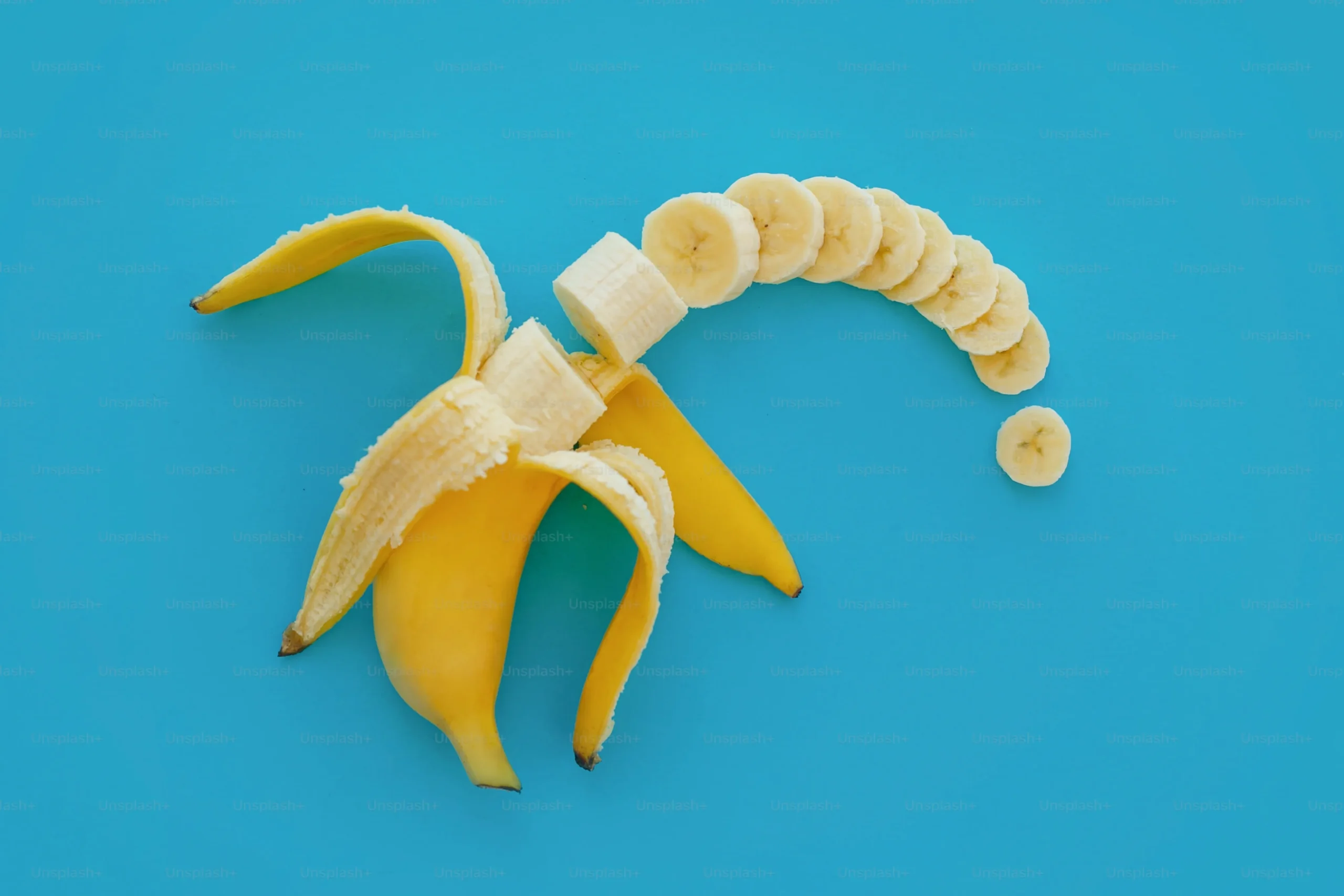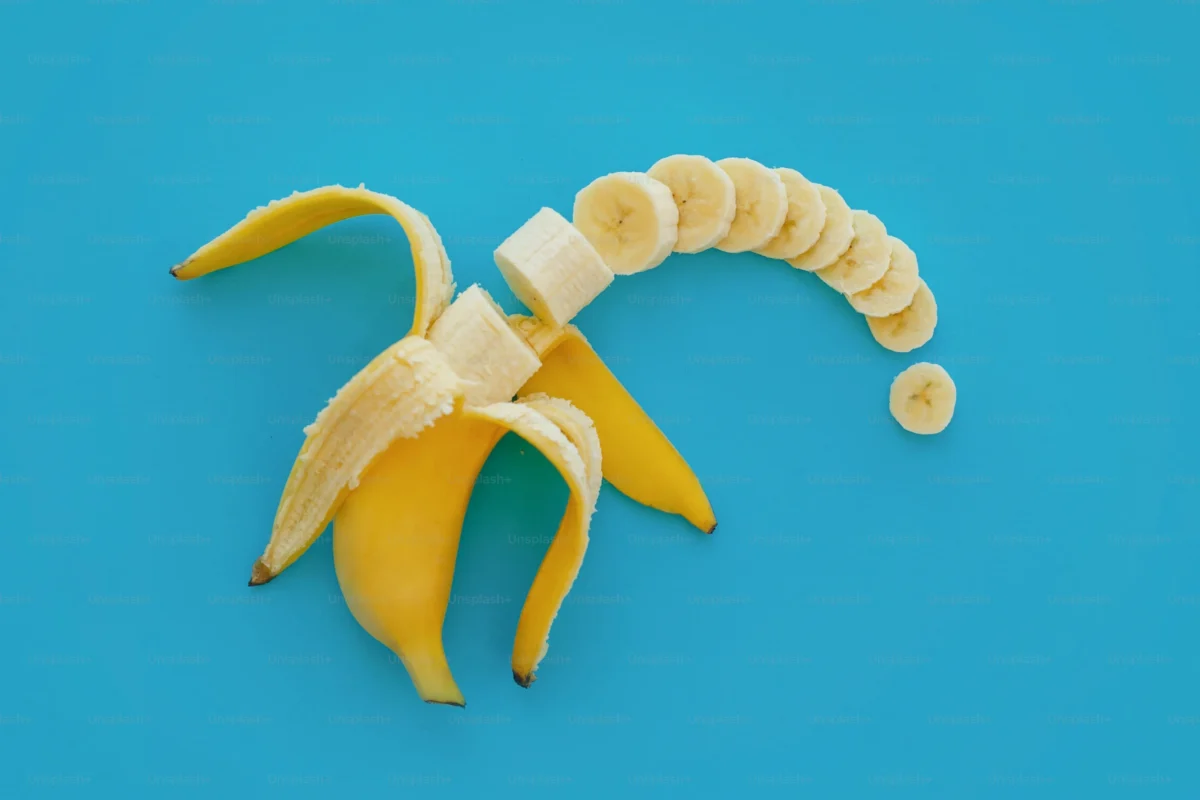Bananas are a popular fruit enjoyed by many; they are inexpensive, full of vitamins and minerals, and oh so tasty. However, what happens when a banana goes bad? Is it still safe to eat? These are important questions for those looking to learn more about this household staple.

In this article, we will explore the potential risks of eating a bad banana, as well as provide tips for identifying a bad banana before consuming it. Additionally, we will offer alternative uses for those bananas that may have passed their prime.
Whether you are a banana enthusiast or just curious about the effects of consuming an overripe fruit, continue reading to learn more.
What happens when a banana goes bad?

When a banana goes bad, it undergoes a series of chemical changes that can affect both its taste and nutritional value. As the fruit ripens, enzymes break down starch into sugar, making it sweeter and softer.
However, if left too long or exposed to air, the banana will start to decay. The skin may turn brown or black as bacteria and fungi begin to break down the fruit’s sugars and fibers. This process can also produce an unpleasant smell.
While eating a slightly overripe banana may not pose a health risk, consuming one that has spoiled beyond recognition could lead to food poisoning. The decomposing fruit might contain harmful bacteria or toxins that can cause vomiting, diarrhea, and other symptoms.
To avoid this outcome, it’s best to discard bananas that have turned mushy or discolored. Alternatively, you could use them in baking recipes or smoothies where their sweetness is still useful but their texture is less important.
In conclusion, while bananas are a nutritious source of vitamins and fiber when consumed fresh and ripe – once they go bad – they are no longer safe for consumption. It’s always better to err on the side of caution when unsure about the quality of your produce!
What are the potential risks of eating a spoiled banana?
While bananas may seem like a harmless fruit, consuming a bad banana can have potential risks to one’s health. A bad banana is typically characterized by brown spots, mushy texture and foul odor.
Eating a bad banana can lead to gastrointestinal issues such as nausea, vomiting, and diarrhea due to the presence of harmful bacteria or toxins. These symptoms can be especially concerning for individuals with weakened immune systems or preexisting medical conditions.
Furthermore, consuming spoiled produce can also lead to food poisoning caused by bacteria such as E.coli or Salmonella. These infections can cause severe gastrointestinal distress and even lead to hospitalization in some cases.
To prevent these risks, it is important to properly store bananas at room temperature away from direct sunlight and other fruits that emit ethylene gas which speeds up ripening process. It is also recommended to inspect the fruit before consumption and discard any rotten pieces.
In conclusion, while bananas are generally considered safe for consumption, eating a bad banana could result in potential health hazards ranging from mild discomforts to severe illnesses. It is crucial for individuals to practice food safety measures when handling and consuming produce.
Tips for identifying a bad banana before eating it include checking for spots, a strong smell, and a soft texture.

Have you ever had the unfortunate experience of biting into a bad banana? It’s not a pleasant one, to say the least. But fear not, dear reader, for there are ways to identify a bad banana before it even reaches your mouth.
First and foremost, check the color. While ripe bananas should have some yellow on them, if they’re entirely brown or black, it’s best to avoid them. The same goes for any spots or bruises on the skin – these are signs that the fruit may be past its prime.
Next up is texture. A good banana should feel firm but yielding when you give it a gentle squeeze. If it’s mushy or overly soft in certain areas, it’s likely gone bad.
Lastly, give it a sniff. Ripe bananas should have a sweet aroma that indicates their readiness for consumption. If there’s any hint of sourness or mustiness in the scent, however, it’s best to steer clear.
By following these simple tips and tricks when selecting your bananas at the grocery store or market stall, you can save yourself from disappointment and ensure that every bite is as delicious as can be!
Alternative uses for bad bananas?
While it may seem like a bad banana is nothing more than a waste of money and food, there are actually alternative uses for this fruit that can surprise you. Instead of tossing it in the trash or compost, consider trying one of these creative ideas.

« where to get banana in township
Why Your Banana Bread Isn’t Rising: Common Mistakes and Tips for Perfectly Fluffy Loaves »
Firstly, bad bananas are perfect for baking. The overripe mushy texture makes them ideal for making banana bread or muffins. In fact, the riper they are, the better they taste! By incorporating bad bananas into your baking recipes, you can reduce waste and create delicious treats at the same time.
Secondly, bad bananas can also be used as natural fertilizer. Simply chop up the peel and bury it in your garden soil to add nutrients to your plants. Bananas are high in potassium and other minerals that can help nourish your garden.
Lastly, if you’re feeling adventurous with your beauty routine, try using bad bananas as a hair mask or face mask ingredient. The high levels of vitamin C and antioxidants found in bananas can help improve skin elasticity and reduce inflammation.
In conclusion, while it may be tempting to throw away a bad banana at first sight or smell – remember that there’s still potential value in this fruit! Try out some of these alternative uses next time you have an overripe bunch on hand.
Check out our other articles to find out even more about banana.
Eating a bad banana is never ideal, but it doesn’t necessarily present any long-term health risks. That being said, the best way to avoid consuming one is to pay attention and identify any bad bananas before you even consider eating them. Now that we’ve discussed what happens when a banana goes bad and how you can prevent it from happening in the first place, be sure to check out our other articles to find out even more about bananas!













